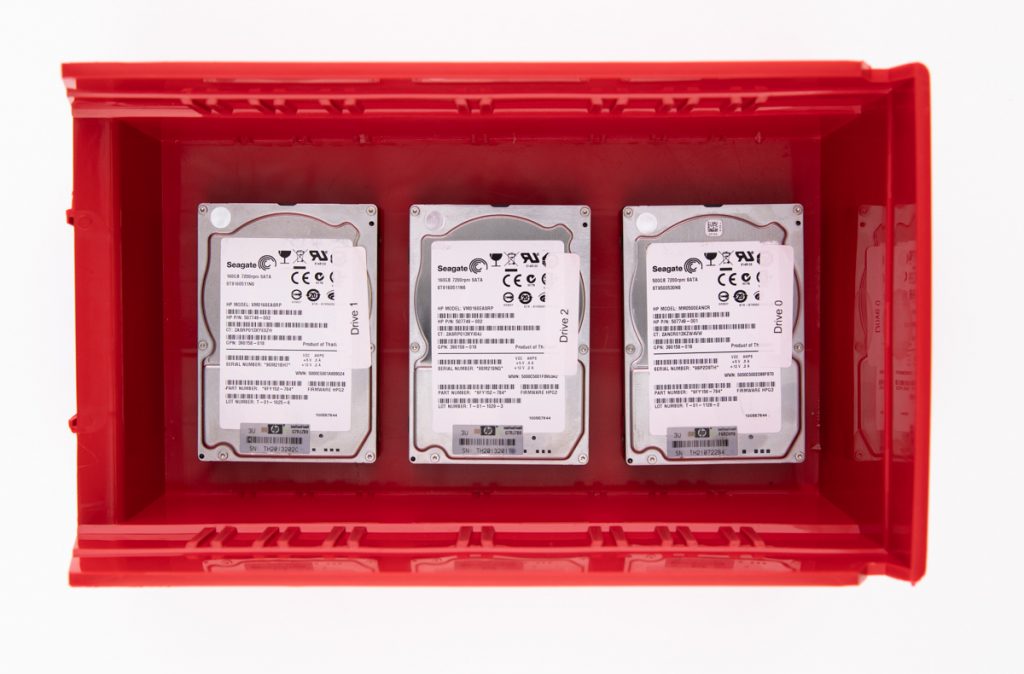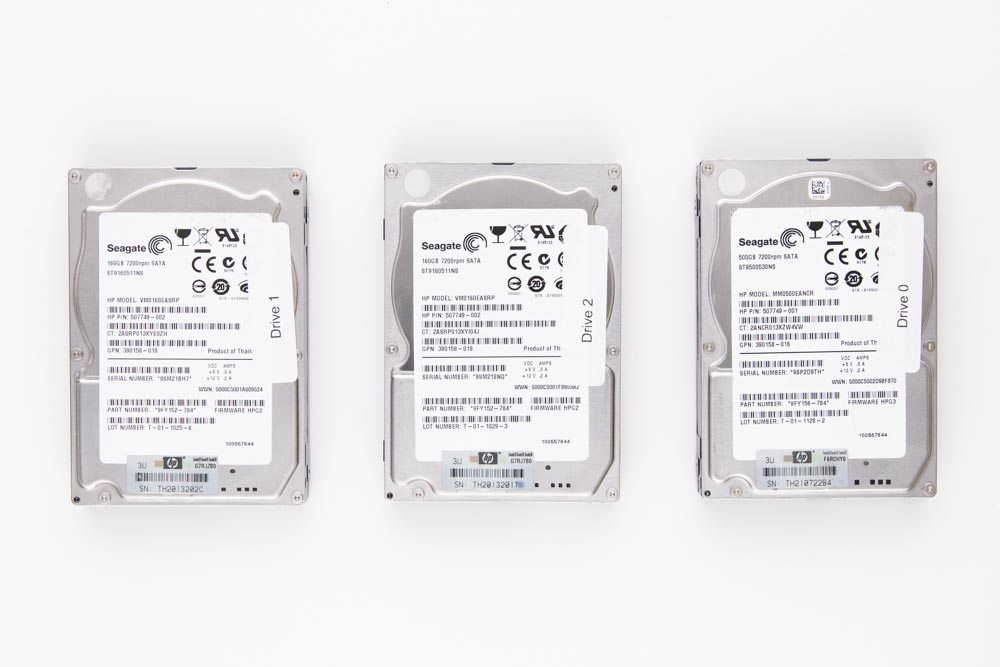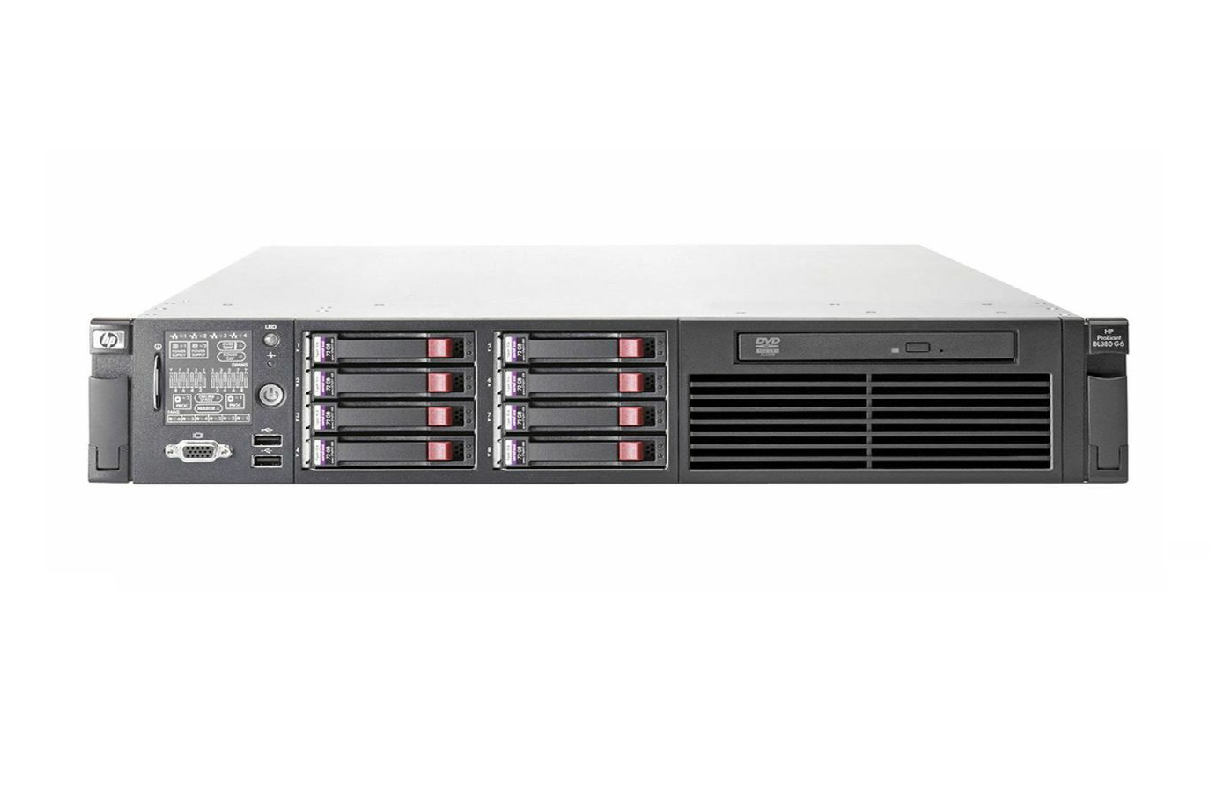In the infrastructure of an enterprise, the server plays an important role. Often, essential information is stored on them. Critical applications are deployed that must be available to several users simultaneously.
A server failure can cause significant harm to the successful development of your business. High-quality servers data recovery from PITS Global Data Recovery Services will be an alternative solution in such a situation.
We have cases from individuals, legal organizations, and large business corporations. Our data recovery engineers, having immense professionalism and experience, perform data recovery from servers efficiently and quickly.
Oracle Database Recovery Services from an HP ProLiant Server
The HP ProLiant DL380 G5 Protected Storage Server is a NAS device that uses Microsoft System Center Data Protection Manager for fast and reliable data processing, continuous protection, and easy backup of Windows file servers’ data to disk. Disk-based backup and end-user recovery make DPM one of the fastest and most efficient methods for recovering lost data files due to user error or hardware failure.
HP Enterprise ProLiant DL380 Gen10supports hot replacements. These servers are 2U-sized rec servers. All models of this generation have DIMM DDR4 memory modules and support installing up to two processors. Most of this generation of servers come without an optical drive.
Business requirements in servers include a high-end business intelligence platform. Benchmark results are most valuable when they reflect workloads comparable to or somewhat more significant than the customer application.
Oracle database is mainly used for its faster transaction processing speeds, scalable capacity, and increased flexibility and protection of data are required to meet the needs of today’s business.

In most cases, we fix hard drive failures that can occur for various reasons:
- voltage drops;
- temperature change, etc.
- user technical errors;
- damage to the file structure;
- operating system update;
- incorrect settings;
In the day-to-day management of Oracle database environments, administrators are able to protect their business-critical Oracle database without impacting performance, which is always the main priority.
Recently we received an HP Proliant recovery case. The server was based on the Oracle database management system. The system was lagging, and some noise was heard from the device. After consulting with our customer service, the system admin decided to ship us their hard disks.
The main challenge here was to recover data from potentially damaged hard drives and, after that, to establish the Oracle database so the system would run as soon as possible.
HP Proliant Server Recovery
Our engineers ran diagnostic processes and found that the hard drives had physical damage. After opening the HDDs ISO certified class 10 cleanroom, we saw that one of the drives had a head crash. The block of the magnetic head was stuck on the surface of the platter.
We carefully removed the block of the read/write heads from the magnetic platters and moved them to the parking zone. As some scratches were noticed on the surface of platters, the full recovery was not possible.

The particles formed during the scratching of the surfaces scatter over the containment area, sticking to the still serviceable surfaces of the plates and clogging into all corners, cavities, and slots of the disk chamber.
And therefore, at first, the specialist had to restore the sterility of the containment area with the help of a particular technical fluid and compressed air.
We use an ultrasonic cleaner to solve such a problem. Once the recovered data was transferred to a brand new drive, the next step was to recover the Oracle database.
Oracle Database Backup and Recovery
Large corporations face the challenge of recovering an Oracle database after a system failure. When a failure occurs, the system administrator should contact a reliable company to restore the database.
In this case, at a recovery media checkpoint, Oracle updated all data file headers with the SCN that was in place when the checkpoint was run. In the case where a media recovery checkpoint was triggered by a log file switch, the data file header is written with an SCN that is the first SCN in the new log file. So, when the infrastructure is restarted, it can check the lowest SCN written in the headers of the data files. Many complexities can arise here, such as stand-alone events, so it is necessary that the company performing data retrieval be highly experienced to avoid file corruption.
We were able to help restore Oracle database and organize backups to avoid problems in the future. Many hosters and Internet projects use MySQL, PostgreSQL, Firebird, and Interbase databases as well. We have extensive experience in restoring tables, passwords, and entire databases.
Contact PITS Global Data Recovery Services at (888) 611-0737 to solve any database failures that occurred in your system.
